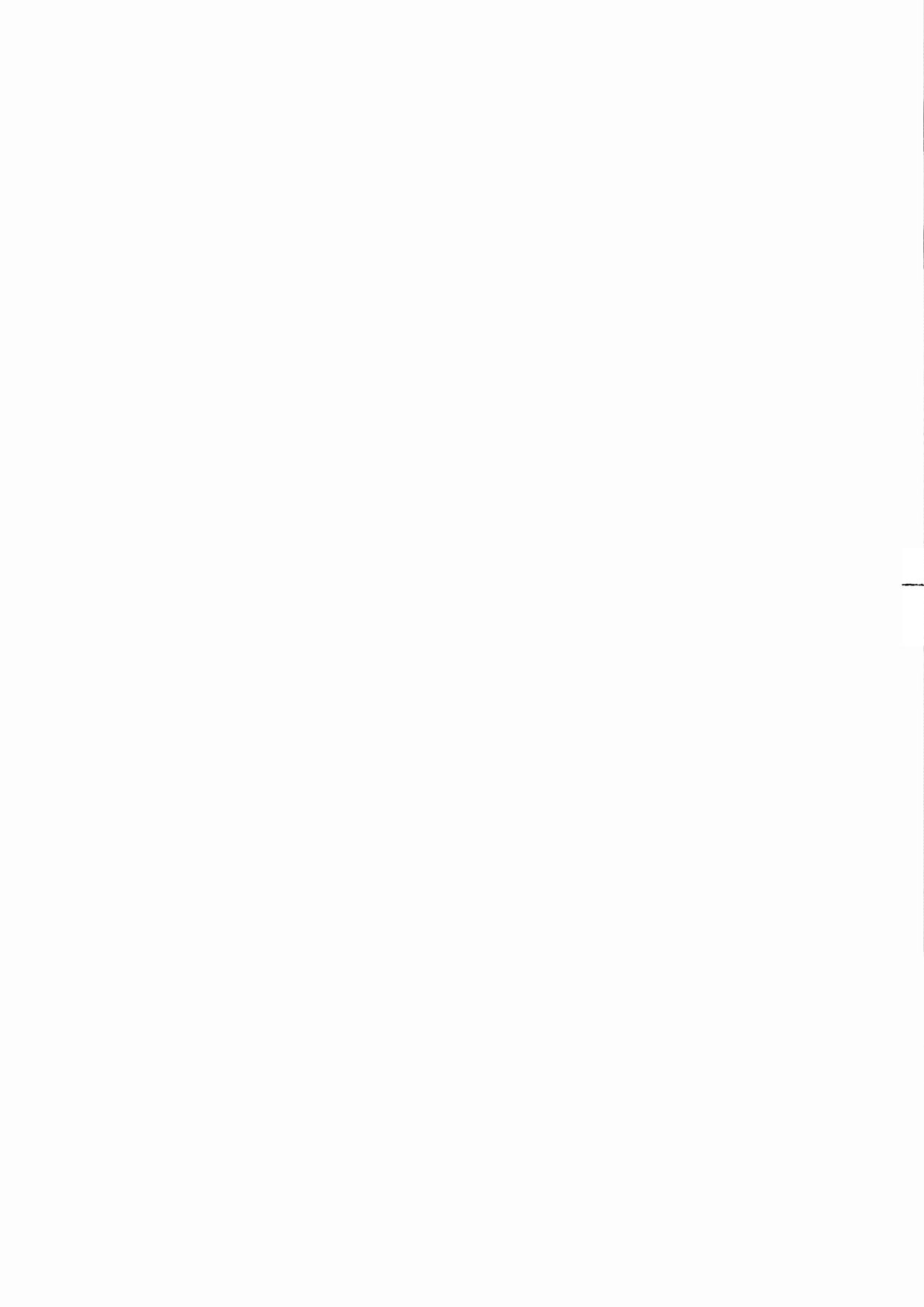
4 minute read
SHORT-LIVED ART ON ETERNAL CANVASES


Advertisement

Pastoral graffiti artist
Saype
His monumental works of land art never go unnoticed. His medium? Wide-open, natural spaces. His creed? Art can change the world.
Niemand kan om zijn monumentale land art-kunstwerken heen. Zijn ondergrond? De grote natuurlijke ruimtes. Zijn credo? Kunst kan de wereld veranderen.
At the age of just 32, the artist has already produced over 80 works in some fifteen different countries. His reputation opened the doors to the United Nations, which invited him for the organisation’s 75th anniversary in New York.
Saype has been interested in street art since he was 14. At the age of 16, he first exhibited his work in a gallery, and continued creating while he studied to be a nurse and worked for 7 years in geriatrics. In 2012, the drones boom gave him the chance to work in bigger, more remote spots. Instead of creating graffiti on walls, what about using natural settings to display his messages? Saype’s aim is to « impact attitudes without impacting nature ». He has developed biodegradable paint made from water, coal and flour.
In 2015, he drew a woman’s face on the Col des Aravis. To create this large-scale work, he reproduced a photo using a grid system, with small pegs marked out every 4 metres. The following year, in Leysin, Switzerland, he conceived the biggest ever work of land art: a 10,000 m² fresco that immediately attracted attention all over the world.
In 2018, the immigration crisis in Europe greatly affected him. He drew a little girl throwing an origami boat into the lake beside the UN.
Saype then created the Beyond Walls series: a symbolic human chain with united, intertwined hands. The first work, a 630-metre-long fresco, was on the Champ de Mars in Paris, at the foot of the Eiffel Tower. Next came Andorra, Geneva, Berlin, Ouagadougou in Burkina Faso and Yamoussoukro in Ivory Coast, Turin, Istanbul and Cape Town, South Africa.
After grass and sand came the snow. In spring 2021, he chose La Clusaz. But he faced a technical challenge. The airless spray gun tubes froze, and the paint did not last long on the snow, which continually changes all through the day. After two days getting used to the cold, Saype produced a seated child with a farandole dance in the background. The fresco could be seen for two days from the top of the resort, before it was covered in snow.
Saype is a committed artist who conveys his messages with gentleness and goodwill. The beauty of his poetic creations raises awareness about humanitarian causes, ideas of fraternity, respect for others and for nature. « We are just passing through. What traces do we want to leave behind us? It’s up to us to decide. »
De pas 32-jarige kunstenaar heeft al meer dan 80 kunstwerken in een vijftiental landen gemaakt. Zijn bekendheid heeft hem de deuren van de Verenigde Naties geopend, waar hij voor de 75e verjaardag van de organisatie in New York werd uitgenodigd. Saype begint zich voor urban art te interesseren als hij 14 is. Als hij 16 is, stelt hij zijn kunstwerken ten toon in een galerij en blijft kunst maken, naast zijn studie verpleegkunde en later 7 jaar lang naast zijn werk in de geriatrie. In 2021 maakt de opkomst van drones het hem mogelijk om gebruik te maken van grotere, meer afgelegen locaties. Zo krijgt hij het idee om in plaats van muren de natuurlijke omgeving te gebruiken om zijn boodschap uit te dragen. Saype wil ‘de mentaliteit beïnvloeden zonder de natuur te beïnvloeden’ en stelt biologisch afbreekbare verf samen op basis van water, krijt, kool en bloem. In 2015 tekent hij een vrouwenhoofd op de Col des Aravis. Hiervoor maakt hij gebruik van een foto die op schaal is gemaakt dankzij een rastersysteem en op de grond is overgebracht door middel van stokken om de vier meter. Het volgende
jaar bedenkt hij het grootste land art-kunstwerk dat ooit is gemaakt, in Leysin, in Zwitserland: een fresco van 10.000 m² dat onmiddellijk wereldberoemd wordt. In 2018 wordt hij diep ontroerd door de migratiecrisis in Europa. Hij tekent een klein meisje dat een boot van origami in het meer bij de VN gooit. Saype bedenkt vervolgens de serie Beyond Walls: een symbolische mensenketen van in elkaar grijpende handen. Eerste etappe: het Champ de Mars in Parijs aan de voet van de Eiffeltoren, met een schildering van 630 meter lang. Hierop volgen Andorra, Genève, Berlijn, de stranden van Ouagadougou in Burkina Faso en Yamoussoukro in Ivoorkust, Turijn, Istanbul en Cape Town in Zuid-Afrika. Na het gras en het zand: de sneeuw. In de lente van 2021 kiest hij La Clusaz. Maar het is een technische uitdaging: de slangkoppelingen van het airlesspistool bevriezen, de verf houdt niet lang op de sneeuw die gedurende de dag voortdurend veran« A 10,000 M² FRESCO THAT IMMEDIATELY ATTRACTED ATTENTION ALL OVER THE WORLD. » dert. Na twee dagen aanpassing aan de kou schildert Saype een kind dat voor een mensenslinger zit. De schildering zal twee dagen zichtbaar blijven vanaf de hoogte boven het skistation, voordat hij door de sneeuw wordt bedekt.
Saype is een geëngageerd kunstenaar die zijn boodschappen met welwillendheid uitdraagt. De schoonheid van zijn dichterlijke kunstwerken maakt mensen bewust van humanitaire problemen en broederschap, respect voor de ander of de natuur. « Wij zijn slechts voorbijgangers. Welke sporen willen wij achterlaten? Dat bepalen wij zelf. »
www.saype-artiste.com Instagram : @saype_artiste







